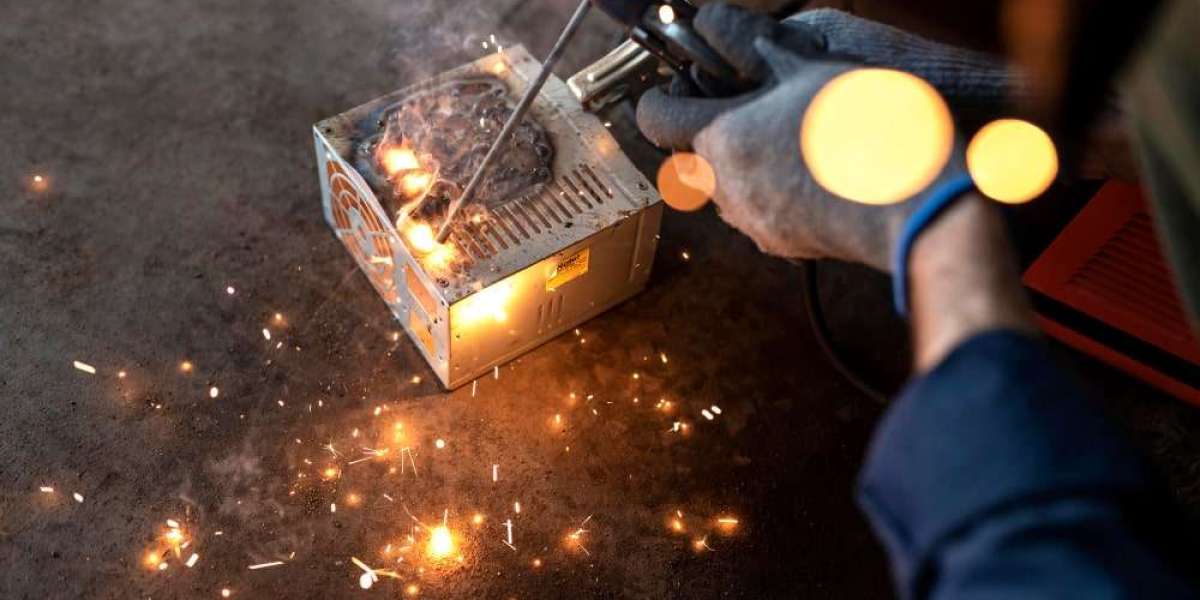Stainless steel is a popular material in various industries due to its durability, corrosion resistance, and aesthetic appeal. When it comes to welding stainless steel, choosing the right electrode is crucial for achieving high-quality welds. Among the options available, 308 stainless steel stick welding electrodes stand out for their reliability and versatility.
Understanding Stainless Steel Stick Welding
Properties of 308 Stainless Steel
308 stainless steel is an austenitic stainless steel alloy containing chromium and nickel. It offers excellent resistance to corrosion, making it suitable for applications in challenging environments such as marine and chemical processing industries.
Stick Welding Process Overview
Stick welding, also known as shielded metal arc welding (SMAW), is a welding process that uses a flux-coated electrode to form the weld. This method is widely used for its simplicity, versatility, and ability to weld various metals, including stainless steel.
Advantages of Using 308 Stainless Steel Stick Welding Electrodes
Durability and Corrosion Resistance
MapleWeld’s 308 stainless steel electrodes provide robust welds with superior resistance to corrosion and oxidation. This makes them ideal for fabricating structures and components exposed to harsh conditions.
Versatility in Applications
From fabrication to repair and maintenance, 308 stainless steel electrodes offer versatility across a wide range of applications. Whether it's joining stainless steel components or repairing equipment, these electrodes deliver reliable performance.
Choosing the Right Electrode: Why 308 Stainless Steel?
Comparing Different Stainless Steel Electrodes
While there are various stainless steel electrodes available, each with its unique properties, 308 stainless steel electrodes are preferred for general-purpose welding applications. They strike a balance between cost, performance, and ease of use.
Specific Use Cases for 308 Stainless Steel
308 stainless steel electrodes are commonly used in industries such as construction, automotive, and aerospace for welding stainless steel structures, tanks, piping, and machinery components.
How to Weld with 308 Stainless Steel Electrodes
Preparing the Welding Surface
Before welding, it's essential to clean the stainless steel surface thoroughly to remove any contaminants, oils, or residues that could affect the weld quality.
Setting Up the Welding Machine
Ensure your welding machine is set up correctly, with the appropriate amperage and polarity settings for welding stainless steel using 308 electrodes.
Welding Techniques and Tips
Maintain a steady arc length and travel speed while welding with 308 stainless steel electrodes to achieve consistent and uniform weld beads. Pay attention to the welding parameters and adjust as needed for optimal results.
Safety Measures for Stick Welding with 308 Stainless Steel Electrodes
Protective Gear
Wear appropriate personal protective equipment (PPE), including welding helmets, gloves, and clothing, to protect yourself from sparks, UV radiation, and fumes generated during welding.
Ventilation and Workspace Considerations
Ensure adequate ventilation in the welding area to prevent exposure to welding fumes and gases. Work in a well-ventilated space or use local exhaust ventilation systems to remove airborne contaminants.
Maintenance and Storage Tips
Proper Storage Conditions
Store 308 stainless steel electrodes in a dry environment at room temperature to prevent moisture absorption and contamination. Keep them in their original packaging or a sealed container until ready for use.
Cleaning and Maintenance Practices
Inspect electrodes for any signs of damage or deterioration before use. Clean the welding surface and remove any rust or scale to ensure proper weld penetration and adhesion.
Common Mistakes to Avoid
Improper Welding Technique
Avoid common welding mistakes such as inadequate penetration, incomplete fusion, or excessive spatter by following proper welding procedures and techniques.
Neglecting Pre-Weld Preparation
Failing to clean and prepare the welding surface adequately can lead to poor weld quality, including defects such as porosity, cracking, or lack of fusion. Take the time to prepare the surface properly before welding.
Conclusion
In conclusion, 308 stainless steel stick welding electrodes offer a reliable solution for welding stainless steel structures and components. With their durability, corrosion resistance, and ease of use, these electrodes are a preferred choice for various applications across industries. By understanding the properties of 308 stainless steel and following proper welding procedures, welders can achieve high-quality welds that meet the demands of challenging environments.



